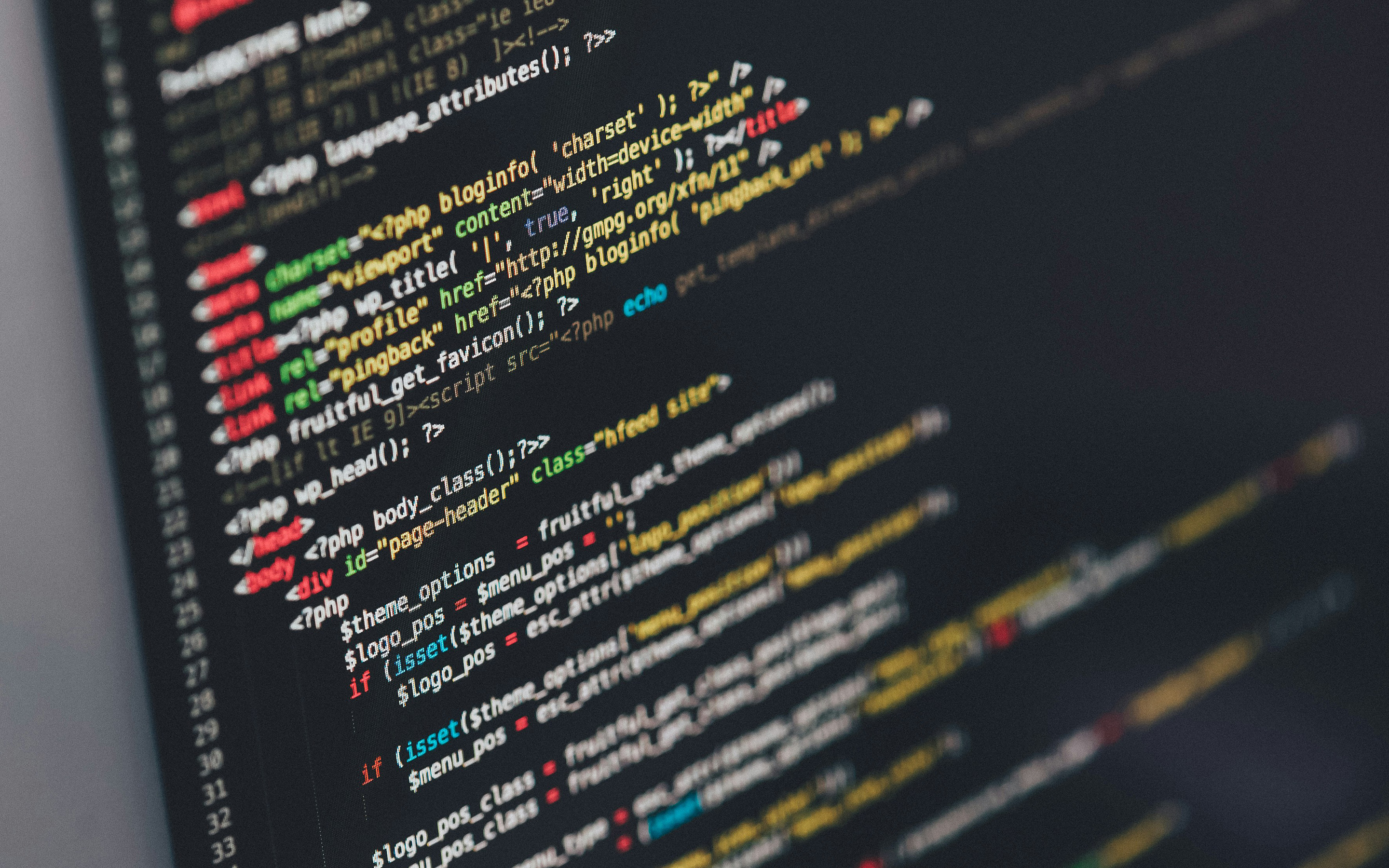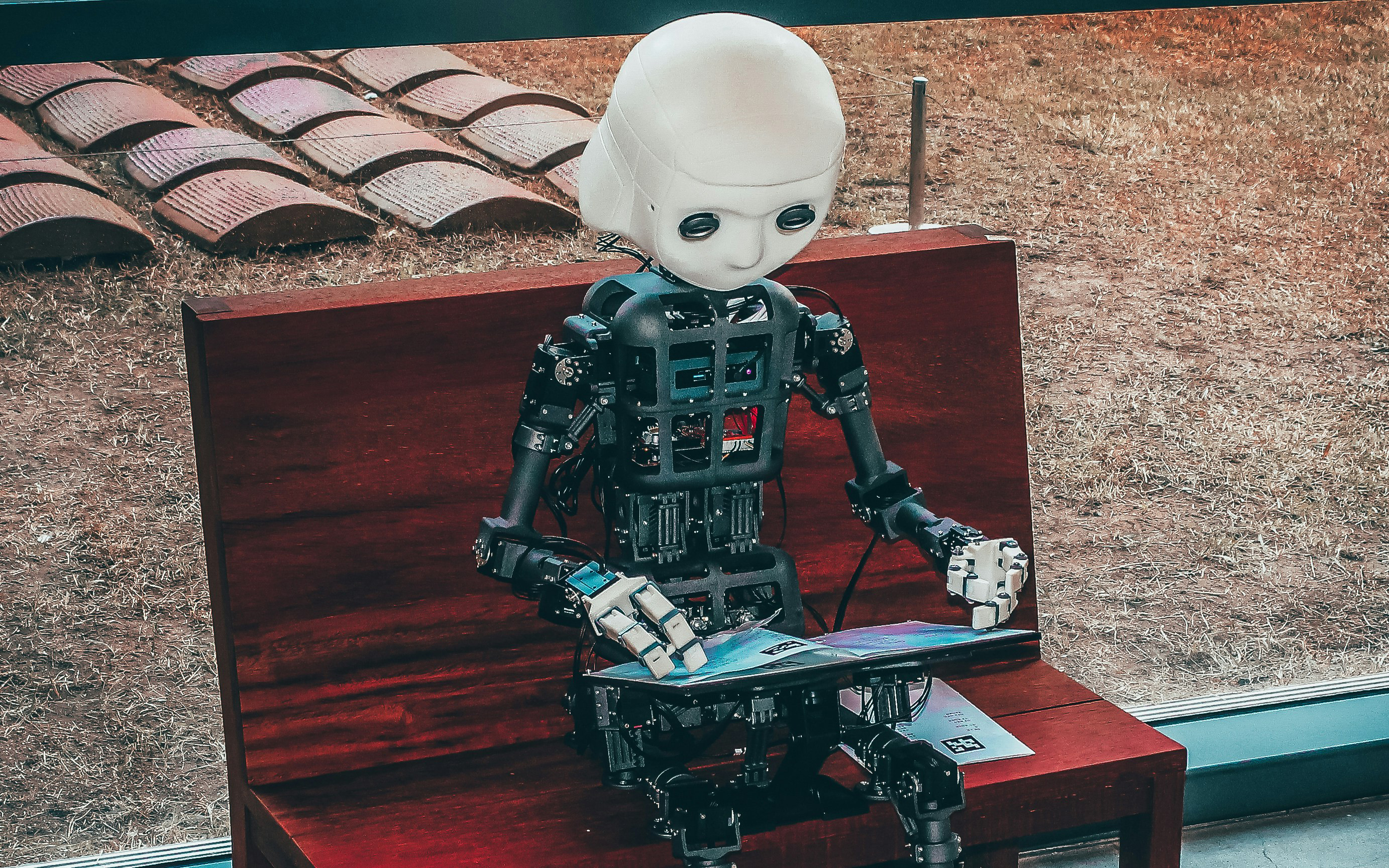
Do You Really Need a Custom Website in 2025?
The Website Dilemma for Growing Brands
Every founder knows the importance of a strong digital presence. Your website is your storefront, your salesperson, and your first impression all rolled into one. But when it comes time to upgrade, many business owners face the same question: Do I need a custom-built website, or can I work with a ready-made template?
In 2025, the truth is clear: upgrading your website isn’t as difficult or expensive as it may appear. Thanks to the rise of robust platforms like Shopify and Webflow, smaller brands can launch fast, look professional, and scale without breaking the bank.
The Case for Custom Builds
There’s no denying that a custom-built website offers the ultimate flexibility:
- Unique Design: Every page can be tailored to match your exact vision, without compromise.
- Advanced Features: Complex functionality like custom checkout flows, membership systems, or intricate product configurators often require bespoke builds.
- Scalability: Large businesses with significant traffic and multiple integrations benefit from code that’s written specifically for them.
But this level of customization comes at a cost both financial and operational. A custom build often requires a bigger team, longer development cycles, and ongoing maintenance. It’s a strong choice for enterprise-level brands, but it’s overkill for many small and mid-sized businesses.
The Power of Templates
For most growing brands, a high-quality template is not a compromise, it’s a smart strategy. Platforms like Shopify and Webflow offer extensive theme stores with templates designed to be:
- Economical: Templates are significantly cheaper than custom builds, allowing you to allocate budget to marketing, ads, or inventory.
- Faster to Launch: Instead of waiting months for a site to be coded, you can go live in weeks or even days.
- Continuously Updated: In Shopify’s theme store, developers maintain and update their themes to fix bugs and stay compatible with platform changes. That means less technical stress for you.
- Flexible Enough: You can choose a theme that’s closest to your vision and make lightweight custom edits later bridging the gap between affordability and personalization.
In other words, templates aren’t just “starter kits.” They’re reliable, battle-tested frameworks that can take a brand far.
Where to Find Templates for Major Platforms
If you’re ready to explore what’s out there, here are the official theme stores for the major website and e-commerce platforms:
- Shopify: Shopify Theme Store - https://themes.shopify.com
- Webflow: Webflow Templates Marketplace - https://webflow.com/templates
- Wix: Wix Template Gallery - https://www.wix.com/website/templates
- Squarespace: Squarespace Template Store - https://www.squarespace.com/templates
- WordPress (via ThemeForest): ThemeForest WordPress Themes - https://themeforest.net/category/wordpress
- WordPress (official): WordPress Theme Directory - https://wordpress.org/themes/
- BigCommerce: BigCommerce Theme Marketplace - https://www.bigcommerce.com/theme-store/
- Magento / Adobe Commerce: Magento Marketplace Themes - https://marketplace.magento.com/themes.html
- WooCommerce: WooCommerce Themes - https://woocommerce.com/product-category/themes/
These marketplaces cover everything from minimalist portfolios to fully loaded e-commerce stores. Chances are, there’s already a theme close to your vision that can be tailored to your brand.
Choosing the Right Path for Your Brand
Here’s a practical way to think about it:
- Go Custom If…
- You’re an enterprise-level brand with complex needs.
- You require unique functionality not covered by apps or theme features.
- You have the budget (and patience) for a longer development cycle.
- Go Template If…
- You’re a small or mid-sized business focused on growth.
- You want to launch quickly and economically.
- You prefer a stable, updated foundation that reduces maintenance headaches.
Most founders fall into the second category. Templates give you a professional, modern site without overextending your resources.
The 2025 Perspective: Launch Smarter, Not Harder
The perception that you “need” a custom website to compete is outdated. In 2025, platforms like Shopify and Webflow have matured to the point where their template ecosystems are both powerful and reliable.
What matters most isn’t whether your site is custom-built or theme-based. What matters is:
- Does it tell your brand’s story clearly?
- Does it make it easy for customers to buy or contact you?
- Is it fast, secure, and mobile-friendly?
If you can check those boxes with a template, and in most cases you can, then you’re already set up for success.
A website is an investment, but it doesn’t have to be a financial burden. For most small and mid-sized businesses, templates from platforms like Shopify and Webflow offer the perfect balance of speed, reliability, and flexibility.
Custom builds will always have their place for larger companies with complex requirements. But for many founders, the smartest move in 2025 is simple: launch with a template, grow your business, and invest in custom features only when you truly need them.
At Bira Agency, we help brands cut through the noise of web decisions. Whether it’s finding the right template, customizing it to fit your vision, or planning for future scalability, we guide businesses toward the solution that matches their stage of growth. Because smart strategy beats unnecessary complexity every time.






